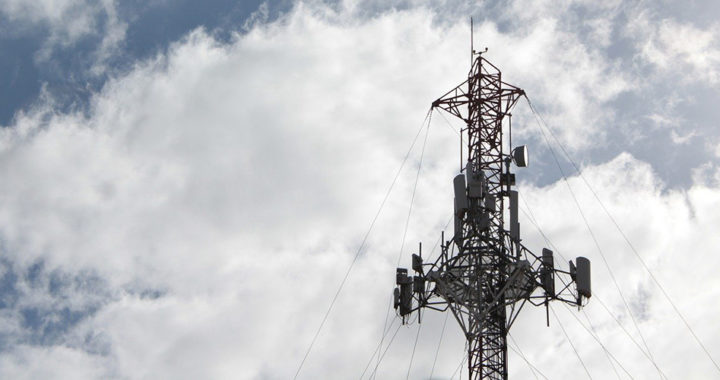The general 5G New Radio specification is divided into two categories of frequency bands: Frequency Range 1 or sub-6 GHz and Frequency Range 2 or mmWave. Sub-6 GHz 5G is specifically one of the two frequency specifications defined and allocated for fifth-generation cellular network technology.
Pros: Advantages of Sub-6 GHz 5G
Sub-6 GHz include electromagnetic radiation or frequencies below 6 GHz. Hence, as the name implies, sub-6 GHz 5G corresponds to fifth-generation networks and compatible communication devices that operate at frequencies within the 3 GHz and 6 GHz. Most existing 5G networks run within the 3.3 GHz and 4.2 GHz range.
Below are the benefits and applications:
• One of the advantages of sub-6 GHz 5G is its superiority over mmWave 5G when it comes to network coverage and frequency reach. mmWave 5G runs on frequencies between 24 to 30 GHz and 300 GHz. Electromagnetic waves with higher frequencies cannot travel long distances and are more susceptible to physical obstructions.
• Deploying sub-6 networks is less costly than mmWave networks because they can use the existing infrastructures of 4G networks with some modifications. On the other hand, mmWave 5G requires placing hundreds and thousands of smaller cells to cover a specific area, thus making its deployment more expensive.
• Because the frequencies allocated for the sub-6 specification can travel long distances, there is no need to construct multiple base stations or cellular towers within a specific portion of a geographic area. Unlike mmWave base stations, the distance between these towers are longer or wider.
• The cost-efficiency and wider network coverage of fifth-generation networks based on the sub-6 GHz specification make them ideal for rural areas or locations with populations spread across a large geographic area. The specification fundamentally makes 5G technology more practical and accessible.
• It is also worth mentioning that another advantage of sub-6 GHz 5G is that it has better network performance compared to the average performance of 4G LTE and LTE Advanced networks. A sub-6 network is a true fifth-generation technology because it utilizes other technologies that constitute the 5G standard.
Cons: Disadvantages of Sub-6 GHz 5G
When compared to mmWave 5G, Sub-6 GHz 5G lags in terms of data transmission speed and overall network performance. The mmWave specification uses electronic radiation with higher frequencies. Note that high frequency is associated with a faster movement of signal-bearing electromagnetic waves. Hence, the higher frequencies and the shorter the wavelengths, the faster an electromagnetic radiation can transmit data. In Wi-Fi technology, this is fact also defines the difference between Wi-Fi 2.4 GHz and Wi-Fi 5 GHz.
The following are the drawbacks and limitations:
• The mmWave specification provides the 5G standard drastic improvements when it comes to network performance. Frequencies within this specification theoretically have larger bandwidth capacities and can transmit data faster than frequencies below the 30 GHz and 3000 GHz range.
• Fundamentally, one of the drawbacks of Sub-6 GHz 5G networks is that they do not have the same data transmission speeds, bandwidth capacity, and network latency improvements of mmWave 5G networks. For instance, network lags or delays are still apparent in sub-6 networks compared to mmWave networks.
• Networks based on the sub-6 specification are not ideal for the high-data use-case applications of 5G technology. Examples of these applications include residential and commercial wireless broadband services, streaming of ultra-high-definition videos, and remote applications such as remote surgery, among others.
• Another disadvantage of 5G networks running on the sub-6 specification is compatibility. To illustrate, sub-6 GHz 5G devices would not run on networks based on the mmWave specification. These devices would not be able to utilize and maximize the full potential of fifth-generation cellular network technology.
• Not all 5G networks and 5G devices are the same. Consumers would need to understand the underlying fifth-generation radio technology in the devices they are planning to purchase. Specifically, some smartphones would only run on sub-6 networks. This is especially true for entry-level to mid-range devices released from 2019 to 2021.
FURTHER READINGS AND REFERENCES
- Ivankov, Alex. 2021. “5G Technology Explained: How Does It Work, How Is It Different.” Profolus. Available online
- Kumar, A. and Gupta, M. 2018. “A Review on Activities of Fifth Generation Mobile Communication System.” Alexandria Engineering Journal. 57(2): 1125-1135. DOI: 1016/j.aej.2017.01.043
- Parkvall, S., Dahlman, E., Furuskar, A., and Frenne, M. 2017. NR: “The New 5G Radio Access Technology.” IEEE Communications Standards Magazine. 1(4): 24-30. DOI: 1109/mcomstd.2017.1700042
- Pineda, Mathew Emmaniel. 2021. “Sub-6 GHz 5G versus mmWave 5G: The Difference.” Profolus. Available online





